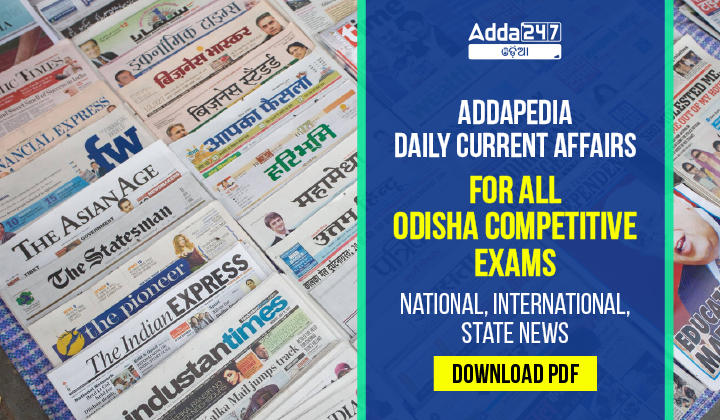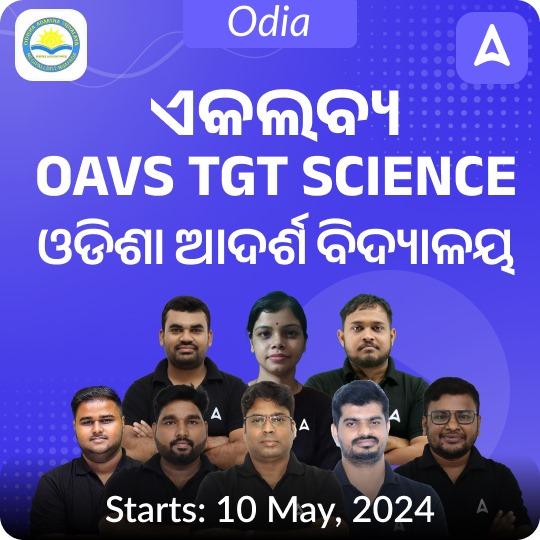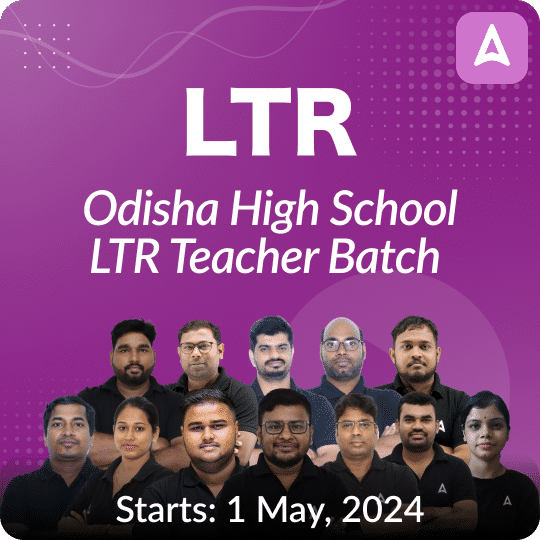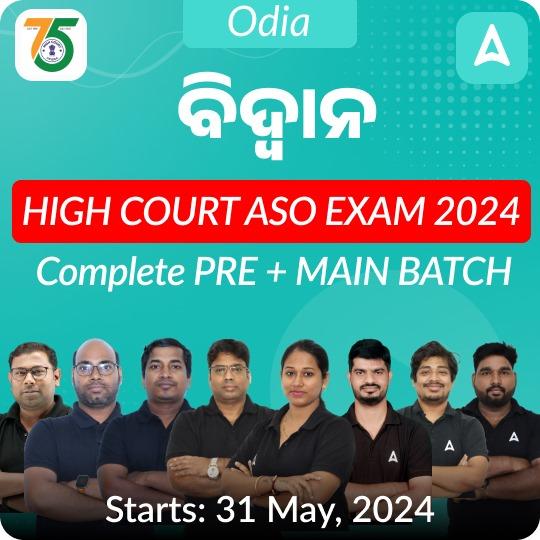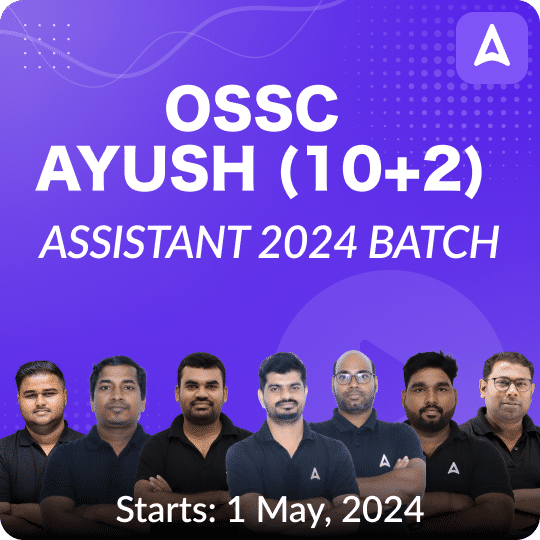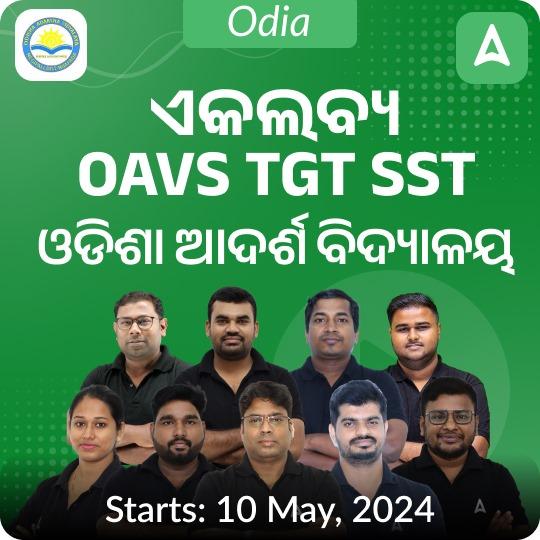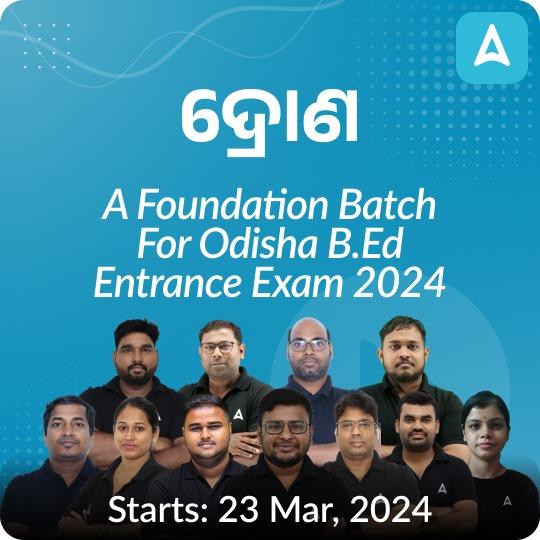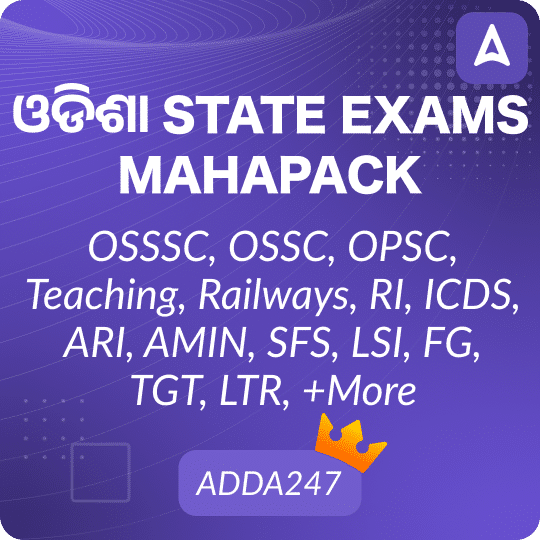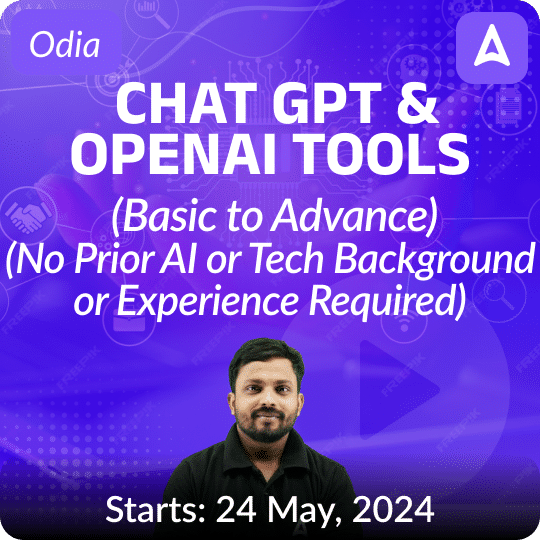As you are aware, in all competitive exams, the “Daily Current Affairs Section” holds significant importance in determining the cutoff scores. Therefore, if you excel in this section, you will have a better chance of achieving higher marks in these exams and securing a spot on the merit list.
Addapedia Odisha – Daily Current Affairs -12 November 2024
|
National and International News
|
| COP 29 |
Why in news?
- The UN sounds the alarm as climate talks begin in Azerbaijan at COP 29.
Key Points:
-
- COP is the annual United Nations (UN) climate meeting.
- In 1992, at the Rio Earth Summit, 154 countries signed a multilateral treaty called the United Nations Framework Convention on Climate Change (UNFCCC).
- The Upcoming COP 29 and Truce Proposal:
-
- Azerbaijan, as the host, will lead the 29th edition of the conference.
- It will build upon the agenda set in COP 28 in Dubai. Key points include transitioning away from fossil fuels to achieve net zero by 2050.
- Azerbaijan will aim to guide countries toward consensus on addressing the climate crisis, emphasizing the urgency of keeping global temperatures from rising more than 1.5°C above pre-industrial levels.
- A major issue to be addressed is the unfulfilled 2009 commitment by developed countries to provide $100 billion annually to developing countries for climate action.
- In 2024, the conference is expected to set a new annual target above $100 billion and determine whether the funds will be grants or loans.
- Azerbaijan is working towards its goal of carbon neutrality by 2050, but more support and awareness are needed to achieve this target.
- NDCs are crucial for countries to contribute to reducing greenhouse gas emissions and meeting the 1.5°C target.
- Several countries submitted their latest NDCs by 2023, with the next submissions expected by 2028.
|
| TRAI |
Why in news?
- India’s telecom regulator, TRAI, is expected to finalize its recommendations on the proposed rules for spectrum allocation related to satellite communications.
Key Points:
- It was established by an Act of Parliament called the Telecom Regulatory Authority of India Act, 1997.
- Purpose: To regulate telecom services, including fixation/revision of tariffs for telecom services which were earlier vested in the Central Government.
- It is responsible for framing regulations, guidelines, and policies for the telecommunications sector in India. This includes setting rules related to tariffs, quality of service, and the allocation of spectrum.
Government Control over TRAI:
- TRAI is not a completely independent telecom regulator.
- Under section 25 of the Act, the Central Government has the power to issue directions which are binding on TRAI.
- The TRAI is also funded by the Central Government.
- The recommendations made by the TRAI are not binding on the Central Government.
- The Central Government has to mandatorily ask for recommendations from TRAI with respect to the need and timing of new service providers and the terms and conditions of the license to be granted to the service provider.
- TRAI also has the power to notify in the official gazette the rates at which telecommunication services are being provided in and outside India.
|
| Asian Development Bank (ADB) |
Why in news?
- The Asian Development Bank plans to boost its climate-related lending by up to $7.2 billion, following an agreement between the United States and Japan to back the risk on certain existing loans.
Key Points:
-
- It is a multilateral development bank established on 19th December 1966.
- It is the principal international development finance institution for the Asia-Pacific region.
- It envisions a prosperous, inclusive, resilient, and sustainable Asia and the Pacific, while sustaining its efforts to eradicate extreme poverty in the region.
- Functions:
-
-
- It provides assistance to its developing member countries, the private sector, and public-private partnerships through grants, loans, technical assistance, and equity investments to promote social and economic development.
- ADB maximizes the development impact of its assistance by facilitating policy dialogues, providing advisory services, and mobilizing financial resources through cofinancing operations that tap official, commercial, and export credit sources.
- Headquarters: Manila, Philippines.
- Source of Funding:
-
- It raises capital regularly through the international bond markets.
- The ADB also relies on member contributions, retained earnings from lending, and the repayment of loans for the funding of the organization.
|
| UNFCCC |
Why in news?
- The UNFCCC warns that 2025 emissions are expected to exceed 1990 levels by more than 50%, despite current climate pledges.
Key Points:
- The UNFCCC, signed in 1992 at the United Nations Conference on Environment and Development also known as the Earth Summit, the Rio Summit or the Rio Conference
- The UNFCCC entered into force on March 21, 1994.
- The Convention has near universal membership (197 Parties) and is the parent treaty of the 2015 Paris Agreement.
- The original secretariat was in Geneva. Since 1996, the secretariat has been located in Bonn, Germany.
- According to Article 2, the Convention’s ultimate objective is “to achieve stabilization of greenhouse gas concentrations in the atmosphere at a level that would prevent dangerous anthropogenic interference with the climate system”.
- This objective is qualified in that it “should be achieved within a time frame sufficient to allow ecosystems to adapt naturally to climate change, to ensure that food production is not threatened and to enable economic development to proceed in a sustainable manner”.
|
| Summits & Conferences:Asian Buddhist Summit (ABS) |
Why in news?
- Recently, the first Asian Buddhist Summit (ABS) was organized by India’s Ministry of Culture and the International Buddhist Confederation (IBC) in New Delhi, India.
Key Points:
-
- About: It’s a significant international gathering aimed at fostering dialogue, promoting understanding, and addressing contemporary challenges in the Buddhist community across Asia.
- Theme: “Role of Buddha Dhamma in Strengthening Asia” which emphasizes Asia’s collective, inclusive, and spiritual development.
- Key Themes of the Summit:
-
- Buddhist Art, Architecture, and Heritage: Highlights the rich cultural legacy of Buddhist landmarks like Sanchi Stupa and Ajanta caves.
- Buddha Cārikā and Dissemination of Buddha Dhamma: Focuses on Buddha’s travels (Buddha Cārikā) and his role in spreading teachings across India.
- Role of Buddhist Relics and its Relevance in Society: Buddha relics inspire devotion and mindfulness, support local economies through pilgrimage tourism, and promote peace and compassion.
- Role of Buddhist Literature and Philosophy in the 21st Century: Demonstrates Buddhism’s enduring relevance in modern philosophical discourse.
- Buddha Dhamma in Scientific Research and Well-being: Integrates Buddhist principles with scientific research to enhance mental and physical health.
- Significance for India: The summit supports India’s Act East Policy and Neighborhood First Policy, focusing on collective, inclusive, and spiritual development in Asia.
|
| Odisha Specific News |
| Mahanadi river |
Context:
- The Mahanadi river mouth near Paradip, Odisha, has become increasingly shallow, posing a serious threat to local fishermen.
- This shallowing is primarily due to siltation, which is the accumulation of sediment at the river’s mouth
About:
- The Mahanadi River is a major river in East Central India, flowing through the states of Chhattisgarh and Odisha before emptying into the Bay of Bengal.
- It is known for its fertile plains and supports agriculture in the region.
- The Hirakud Dam is built on the Mahanadi river.
Note: The Mahanadi River originates in the highlands of the Dandakaranya region in Chhattisgarh. |
| 10,000 MW Power Generation By 2029-30 |
Context:
- Odisha CM has set an ambitious target of achieving 10,000 MW of power generation capacity by the financial year 2029-30.
- This goal is driven by the state’s growing electricity demand due to rapid industrialization and an increasing number of domestic consumers.
Key Points:
- By 2029-30, the state’s peak demand is expected to reach around 10,000 megawatts.
- He stressed the need for a roadmap to meet this demand, which requires developing infrastructure such as new primary substations, 33 KV and 11 KV lines.
|
| Rohini Nayyar Prize |
Context:
- Anil Pradhan, an engineer from Odisha, wins the Rohini Nayyar Prize for promoting STEM education.
- His ‘Tinker-on-Wheels’ mobile lab has impacted 2.5 lakh rural students.
- It is a mobile learning lab that offers hands-on experiences in areas like robotics and 3D printing to school students in rural regions of Odisha, Telangana, and Tamil Nadu.
About:
- The Rohini Nayyar Prize is an annual award given to an individual under the age of 40 for their outstanding contribution to rural development in India.
- The prize is awarded by the Nayyar Foundation for Social and Economic Purpose, which was founded by the family of Dr. Rohini Nayyar.
- The prize recognizes individuals who have made significant contributions to rural development in a variety of fields, including agriculture, education, healthcare, and social entrepreneurship.
- The award comes with a cash prize of ₹10 lakh, a citation, and a trophy
|
| FCI |
Context:
- The Food Corporation of India (FCI) has initiated a probe into allegations of paddy recycling in Odisha, following a directive from the Ministry of Consumer Affairs, Food and Public Distribution.
- The ministry also acted upon a complaint regarding irregularities in the physical verification of paddy at millers’ points
About:
- The Food Corporation of India (FCI) is a statutory body under the Ministry of Consumer Affairs, Food and Public Distribution.
- It was established in 1965 to fulfill the objectives of the National Food Policy. FCI’s primary functions include:
- Procurement: Purchasing grains from farmers at Minimum Support Prices (MSP) to ensure they receive fair prices for their produce.
- Storage: Maintaining buffer stocks of food grains to ensure food security and stabilize prices.
- Distribution: Distributing food grains through the Public Distribution System (PDS) to provide affordable food to vulnerable sections of society.
- Price Stabilization: Intervening in the market to stabilize prices and prevent hoarding.
|
| Copyright © by Adda247
All rights are reserved. No part of this document may be reproduced, stored in a retrieval system or transmitted in any form or by any means, electronic, mechanical, photocopying, recording or otherwise, without prior permission of Adda247. |

